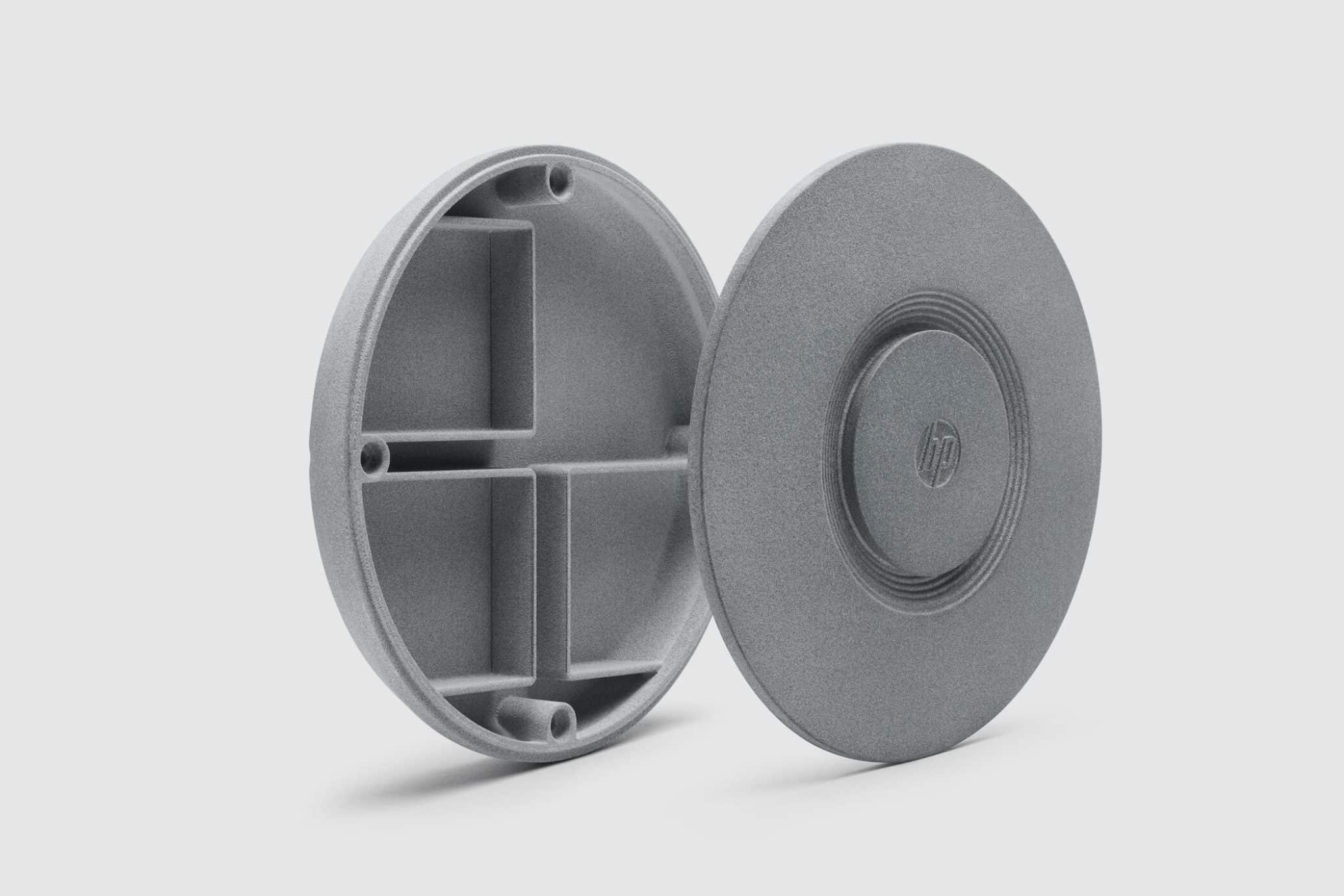Resin (Photopolymer)
Introduction to Photopolymer Resin for 3D Printing
Photopolymer resin is a UV-curable liquid material used in high-resolution 3D printing processes such as SLA, DLP, and LCD. It offers exceptional detail, smooth surface finish, and versatility across standard, engineering, flexible, and high-temperature grades—ideal for prototypes, dental models, functional parts, and end-use microstructures.
Stereolithography (SLA) and Digital Light Processing (DLP) enable resin parts with ±0.05 mm precision, excellent surface quality, and micron-level resolution unmatched by thermoplastics.
International Equivalent Grades of Resin (Photopolymer)
Type | Grade Code | Use Case Examples |
|---|---|---|
Standard Resin | NA | Visual models, display parts |
Tough Resin | Engineering R1900 | Snap fits, housings |
Flexible Resin | Flexible 80A | Gaskets, grippers, overmolds |
High Temp Resin | HTM140, HT200 | Mold tooling, fixtures |
Biocompatible | Class I/IIa Resins | Dental, surgical, wearable use |
Comprehensive Properties of Photopolymer Resin (Standard Resin Example)
Property Category | Property | Value |
|---|---|---|
Physical | Density | 1.10–1.20 g/cm³ |
Curing Wavelength | 385–405 nm | |
Mechanical | Tensile Strength | 45–60 MPa |
Young’s Modulus | 2,000–2,500 MPa | |
Elongation at Break | 6–12% | |
Hardness | 80–90 Shore D | |
Thermal | Heat Deflection Temperature (HDT) | 45–200°C (by grade) |
Suitable 3D Printing Processes for Photopolymer Resin
Process | Typical Density Achieved | Surface Roughness (Ra) | Dimensional Accuracy | Application Highlights |
|---|---|---|---|---|
≥99% | 2–6 µm | ±0.05 mm | Best for ultra-smooth, high-detail models and molds | |
≥99% | 4–8 µm | ±0.05 mm | Ideal for production-grade dental, jewelry, and functional prototypes |
Selection Criteria for Photopolymer Resin 3D Printing
Resolution Requirements: Resin printing supports micron-level detail, ideal for small, intricate components and highly visual parts.
Mechanical Property Range: Material formulations cover rigid, tough, flexible, and high-temperature needs—choose based on load, deformation, or heat exposure.
Surface Finish Expectations: SLA and DLP yield near-injection-molded finish, reducing the need for extensive polishing or painting.
Application Compliance: Medical, dental, and biocompatible grades meet ISO 10993 and USP Class VI standards where required.
Essential Post-Processing Methods for Resin 3D Printed Parts
UV Curing: Post-curing under 405 nm UV for 15–30 minutes maximizes part strength and heat resistance.
Support Removal and Rinsing: Supports are removed manually after IPA/alcohol wash, followed by air drying and curing.
Sanding and Coating: Surface sanding and optional painting provide aesthetic finishes or functional surface enhancements.
Sterilization (Medical): Biocompatible resins tolerate ethylene oxide or gamma sterilization for clinical and dental use.
Challenges and Solutions in Resin 3D Printing
Brittleness (Standard Grades): Use engineering resins with higher elongation or impact resistance (e.g., Tough or Durable Resin) for mechanical parts.
UV Sensitivity Post-Print: Proper post-curing and storage in opaque containers prevent unwanted photodegradation over time.
Toxicity of Uncured Resin: Always use gloves, eye protection, and proper ventilation; ensure complete curing before part use.
Applications and Industry Case Studies
Photopolymer resin is widely used in:
Medical & Dental: Surgical guides, crowns, dentures, and anatomical models.
Consumer Electronics: Light guides, transparent lenses, and housing prototypes.
Tooling & Manufacturing: Short-run molds, master patterns, and jigs.
Jewelry & Casting: Lost-wax casting models and micro-detail ornament prototypes.
Case Study: A dental lab printed 100+ surgical guides per day using DLP resin with biocompatibility certification. Accuracy was maintained within ±50 µm, and post-curing enabled chairside delivery after 30 minutes of processing.
Frequently Asked Questions (FAQs)
What is the dimensional accuracy and resolution of resin 3D printed parts?
Which resin types are suitable for functional or load-bearing applications?
Are photopolymer resins safe for medical or dental applications?
What post-processing steps are required to ensure final part strength?
How does resin printing compare to FDM or SLS for surface finish and detail?



